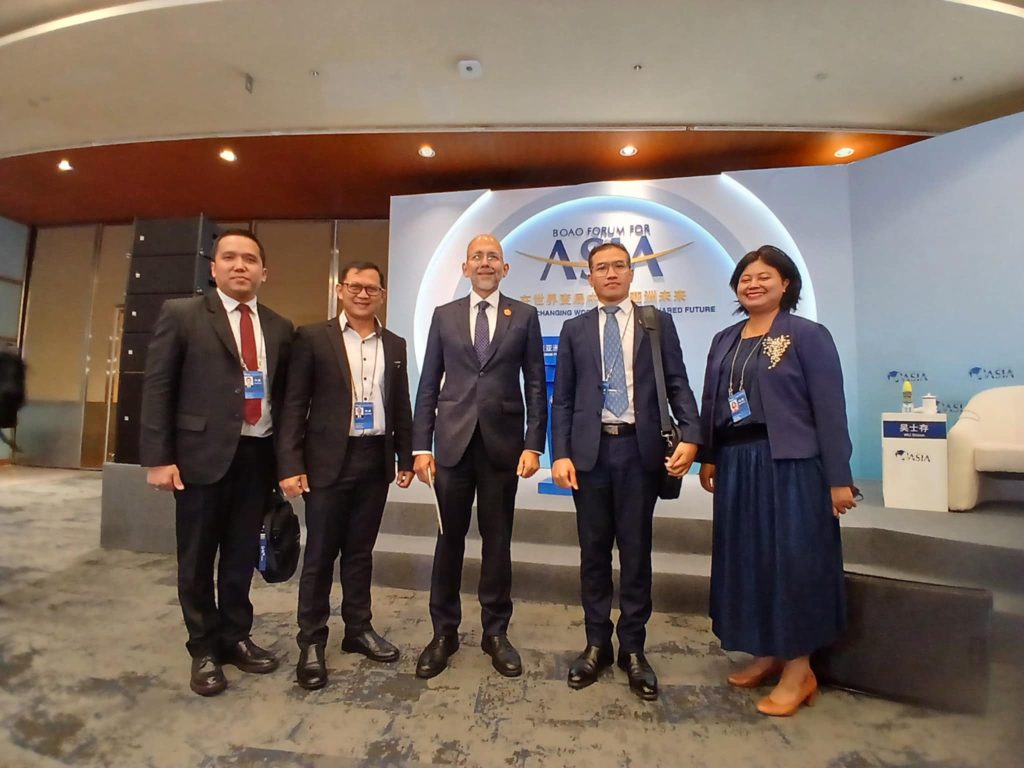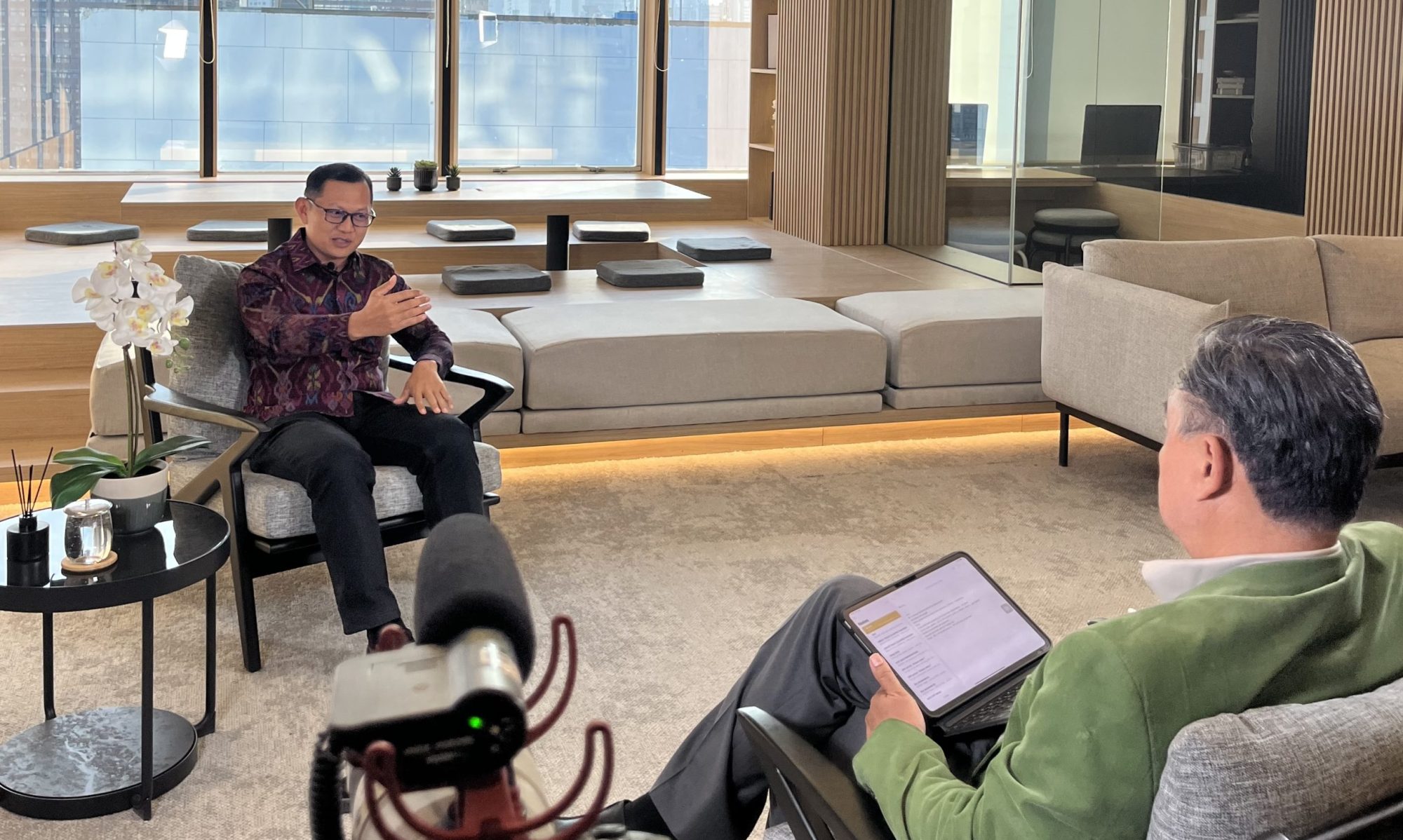I visited Haiko, Hainan, an island in the South China Sea China, on 26-29 March 2025 for a conference on the South China Sea. It was a sub-forum of the Boao Forum for Asia (BFA) where I gave a talk on the utilization of geospatial data to promote collaboration in environmental protection in the South China Sea. The invitation came from the National Institute of the South China Sea, in collaboration with other intuitions such as China Oceanic Development Foundation, Huayang Center for Maritime Cooperation and Ocean Governance, and Boao Forum for Asia Secretariat.
This is the second time for me to visit Hainan. I visited the island on 18-19 January 2016 for the first time, for the First Conference on “Partnership for Regional Peace”. After more than nine years, I revisited the venue to talk about something regarding the South China Sea. It seems to me that the anecdote was right that the South China Sea really attracts a lot of talking but not much solution. I have been in the game for almost two decades now and the progress made regarding the South China Sea is not as much as people expected.
Apart from the fact that we have yet to make significant progress, I am happy to see that people in the region still talking to each other about the South China Sea. All countries in the region were represented in the forum and we kept talking. This is a good recipe towards solutions: keep talking to each other.

I said in my presentation that having understood the complexity, we might agree that we are not going to see any significant concrete solution in the near future. However, it does not mean that nothing can be done. Efforts towards solution must always be pushed. We can always start from issues that uniting parties in the region instead of sensitive and dividing issues such as sovereignty and sovereign rights. We also need to start from issues that can be objectively justified using the power of scientific process. Environmental issues fall within this category.
I then continued to elaborate that a proposal to strengthen scientific approach in dealing with environmental issues in the South China Sea. The use of geospatial data, such as publicly available satellite imageries is worth considering. In addition, the use of advanced technology such as the implementation of artificial intelligence through cloud computing is an option to explore. We can utilize them to detect, for example, illegal activities in the region as well as to learn the pattern of changes. Using this, we can then develop a model to predict future changes.
It seemed that my idea was quite well received. An ambassador from Indonesia came to appreciate my idea after my session. I hope we can continue the idea and have a concrete realization.
